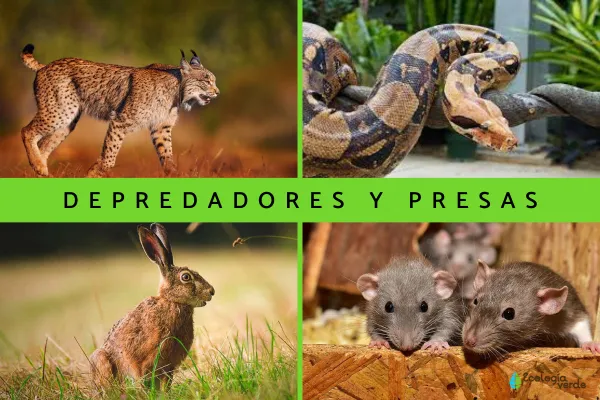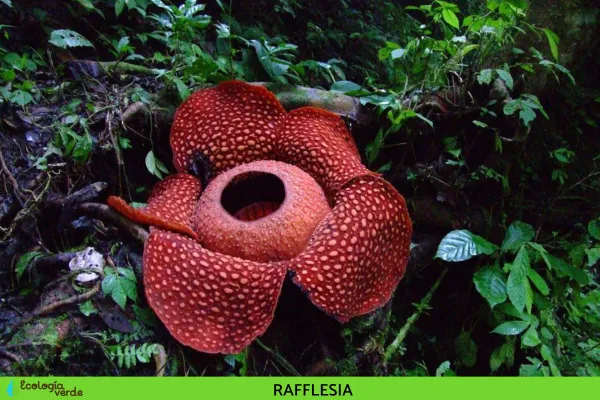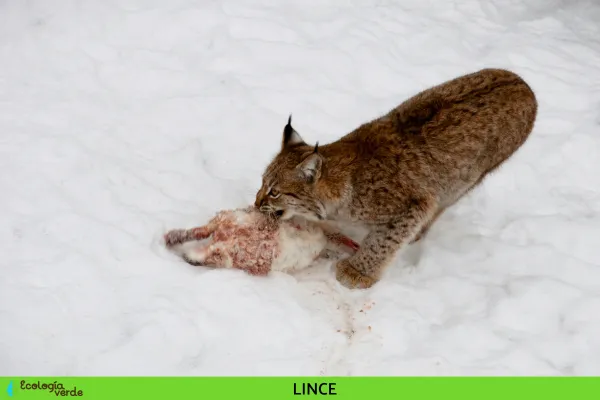In the wild, survival is an ongoing challenge. Every living organism strives to stay alive, and in doing so, they interact with others in ways that shape ecosystems. Among these interactions, the predator-prey relationship is one of the most essential for maintaining ecological balance. Rather than being merely violent encounters, these interactions play a crucial role in regulating populations and ensuring energy flows through food chains. In this article, we explore what predators and prey are, their characteristics, and notable examples in nature.

Predators are living organisms that hunt, capture, and feed on other organisms, known as prey, to obtain energy. This interaction benefits the predator but usually harms or kills the prey. The predator may consume the entire prey or only part of it, but the impact is always significant.
Although the term “predator” often evokes images of large carnivores chasing herbivores, predation encompasses a much broader scope. For example:
Omnivorous or carnivorous animals that hunt other animals are typical predators.
Herbivory, or plant-eating, is a form of predation where animals consume plant parts.
Carnivorous plants, such as pitcher plants or Venus flytraps, can trap and digest insects.
Parasites are sometimes considered slow-acting predators since they feed off a host while it remains alive.
The predator-prey dynamic plays a crucial role in population control. Without predators, prey populations could explode, leading to overconsumption of their food sources. Conversely, the abundance of prey influences predator population sizes.
Predators exhibit specific traits that make them efficient hunters. These include:
Highly developed senses: such as sharp eyesight, acute hearing, and a strong sense of smell, enabling them to detect prey from a distance.
Powerful physical features: strong muscles for running or flying, sharp claws and teeth, venomous fangs, or even crushing body weight (as in some snakes).
Attraction mechanisms: like bioluminescence or specific scents to lure prey (common in deep-sea predators or carnivorous plants).
Prey animals have evolved a variety of defense mechanisms to avoid being eaten:
Camouflage and warning colors: Some species blend into their environment (e.g., stick insects), while others display bright colors to warn predators of their toxicity (e.g., poison dart frogs).

Wide field of vision: Prey often have eyes positioned on the sides of their heads, allowing them to detect predators from multiple directions.
Physical defenses: Such as sharp spines, hard shells, or armor-like scales.

Chemical defenses: For example, chili peppers contain capsaicin, a compound meant to deter herbivores (though humans have learned to enjoy it).

Importantly, prey populations typically outnumber predators, which helps maintain the balance of nature.
The boa constrictor, native to Mexico and now invasive in some ecosystems, is a powerful predator. It doesn’t use venom but instead suffocates prey by wrapping its muscular body around them. It hunts at night using heat-sensing pits on its lips to detect warm-bodied animals. Although it can eat a variety of vertebrates, bats are a favorite prey due to the boa’s nocturnal and arboreal habits.
The Rafflesia is a genus of giant parasitic flowers with bright red blooms reaching up to 100 cm in diameter. These flowers emit a strong smell of decaying flesh and even produce heat to mimic a rotting carcass. This attracts sarcophagid flies, which typically lay eggs in decomposing meat. The flies are tricked and consumed as prey. Rafflesia cannot photosynthesize and also parasitizes host plants, making it both a predator and a parasite.
In Canada, the lynx and the snowshoe hare form a classic example of population dynamics. When hare populations rise, lynx numbers follow. Eventually, the lynx over-predates the hare, leading to a food shortage. This causes lynx numbers to fall, allowing the hare population to recover. This cycle continues in a repeating loop.
Apex predators sit at the top of the food chain and have no natural predators. They play a vital role in controlling other species and shaping the structure of ecosystems. They are often large, carnivorous animals and can serve as indicators of a healthy ecosystem.
The sperm whale is one of the largest toothed predators on Earth, weighing up to 50 tons. It feeds on squid, including giant deep-sea species, using echolocation to locate prey in pitch-black waters. It can dive deeper than any other mammal and emit the loudest clicks in the animal kingdom—strong enough to stun prey. It is considered one of the most powerful predators to have ever existed.
The jaguar is the apex predator of the Neotropical forests. It can sprint at speeds up to 60 km/h and uses stealth and power to ambush its prey. Its spotted coat provides excellent camouflage. Jaguars have a unique killing method among big cats—biting directly through the skull to reach the brain. Prey includes deer, armadillos, crocodiles, snakes, cattle, fish, turtles, and frogs.
The golden eagle has incredible vision and can soar 3 kilometers high to scout for prey. With a wingspan of up to 2 meters, it dives at great speed, grabbing prey with its sharp talons and piercing the lungs to kill within seconds. It hunts rabbits, carnivorous mammals, and even small deer.
The predator-prey relationship is a fundamental ecological interaction that shapes the dynamics of life on Earth. By understanding how predators hunt and how prey defend themselves, we gain insights into the balance of ecosystems and the importance of biodiversity. Protecting both types of species is essential for maintaining healthy, functioning environments.
Bibliografía
Di Bitetti, M. (2008). Disponible en: https://www.researchgate.net/publication/319532849_Depredadores_tope_y_cascadas_troficas_en_ambientes_terrestres
Rogers, K. (2011). The Rise and Fall of the Canada Lynx and Snowshoe Hare. Britannica Blog. Disponible en: http://blogs.britannica.com/2011/06/rise-fall-canada-lynx-snowshoe-hare/
animal tags: Predators
We created this article in conjunction with AI technology, then made sure it was fact-checked and edited by a Animals Top editor.